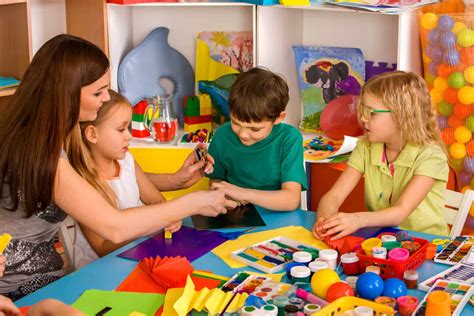Creating a Positive Learning Environment: Fostering Growth and Success
Creating a positive learning environment is crucial for student success. It's more than just a comfortable classroom; it's a carefully cultivated space that nurtures intellectual curiosity, encourages collaboration, and promotes a sense of belonging. This article explores key strategies for cultivating such an environment, addressing common questions and offering practical advice.
What are the key elements of a positive learning environment?
A positive learning environment is built on several interconnected pillars. It encompasses a physically comfortable and stimulating space, where students feel safe and respected. Beyond the physical, it requires a supportive and inclusive atmosphere, where diverse learning styles and needs are acknowledged and catered to. Crucially, it involves clear expectations and consistent routines, providing students with a sense of structure and predictability. Finally, it necessitates engaging and challenging instruction, that ignites curiosity and motivates students to learn.
How can teachers create a positive learning environment?
Teachers play a pivotal role in shaping the classroom climate. Here are some actionable steps:
- Build strong relationships: Get to know your students individually, understanding their strengths, weaknesses, and learning preferences. Show genuine interest in their lives and well-being.
- Foster a sense of community: Encourage collaboration through group work, peer tutoring, and class discussions. Create opportunities for students to share their perspectives and learn from one another.
- Establish clear expectations and rules: Clearly communicate classroom rules and procedures from the outset. Consistency in enforcing these rules is paramount for maintaining order and respect.
- Provide positive reinforcement: Acknowledge and celebrate student achievements, both big and small. Focus on effort and progress, rather than solely on grades.
- Use a variety of teaching methods: Cater to different learning styles by incorporating diverse activities, such as games, projects, discussions, and hands-on experiments.
- Promote a growth mindset: Encourage students to embrace challenges, view mistakes as learning opportunities, and persist in the face of setbacks.
- Create a safe and inclusive space: Ensure that all students feel welcome, respected, and valued, regardless of their background or ability. Address bullying and discrimination proactively.
How can I create a positive learning environment for online learning?
The principles remain the same for online learning, but the strategies need adaptation.
- Establish clear communication channels: Use multiple platforms (e.g., email, forums, video conferencing) to keep students informed and engaged. Respond promptly to student queries.
- Facilitate interaction: Utilize breakout rooms, discussion boards, and collaborative projects to encourage student interaction.
- Provide regular feedback: Offer timely and constructive feedback on assignments and assessments.
- Create opportunities for social connection: Organize virtual social events or icebreakers to help students build relationships.
- Ensure accessibility: Use accessible learning materials and technologies, catering to students with diverse needs.
What are some examples of positive learning environments?
Positive learning environments aren't confined to a specific model. They are characterized by flexibility, responsiveness, and a commitment to student well-being. Examples include classrooms with flexible seating arrangements, collaborative project spaces, maker spaces equipped with technology and hands-on materials, and classrooms that incorporate outdoor learning experiences. The common thread is a focus on student agency and engagement.
How do I know if my learning environment is positive?
Observe student behavior. Do students actively participate in class? Do they seem engaged and motivated? Do they treat each other with respect? Do they seek help when needed? A positive learning environment is reflected in students' enthusiasm for learning and their positive interactions with each other and their teacher.
What are the benefits of a positive learning environment?
The benefits are far-reaching: improved academic performance, increased student engagement and motivation, enhanced creativity and critical thinking, better social-emotional development, and a stronger sense of belonging and community within the classroom. Ultimately, a positive learning environment fosters a lifelong love of learning.
This article provides a comprehensive overview of creating a positive learning environment. Remember, it's an ongoing process of refinement and adaptation, constantly responding to the unique needs and characteristics of the students involved. By consistently prioritizing student well-being and engagement, educators can create classrooms where learning thrives.

